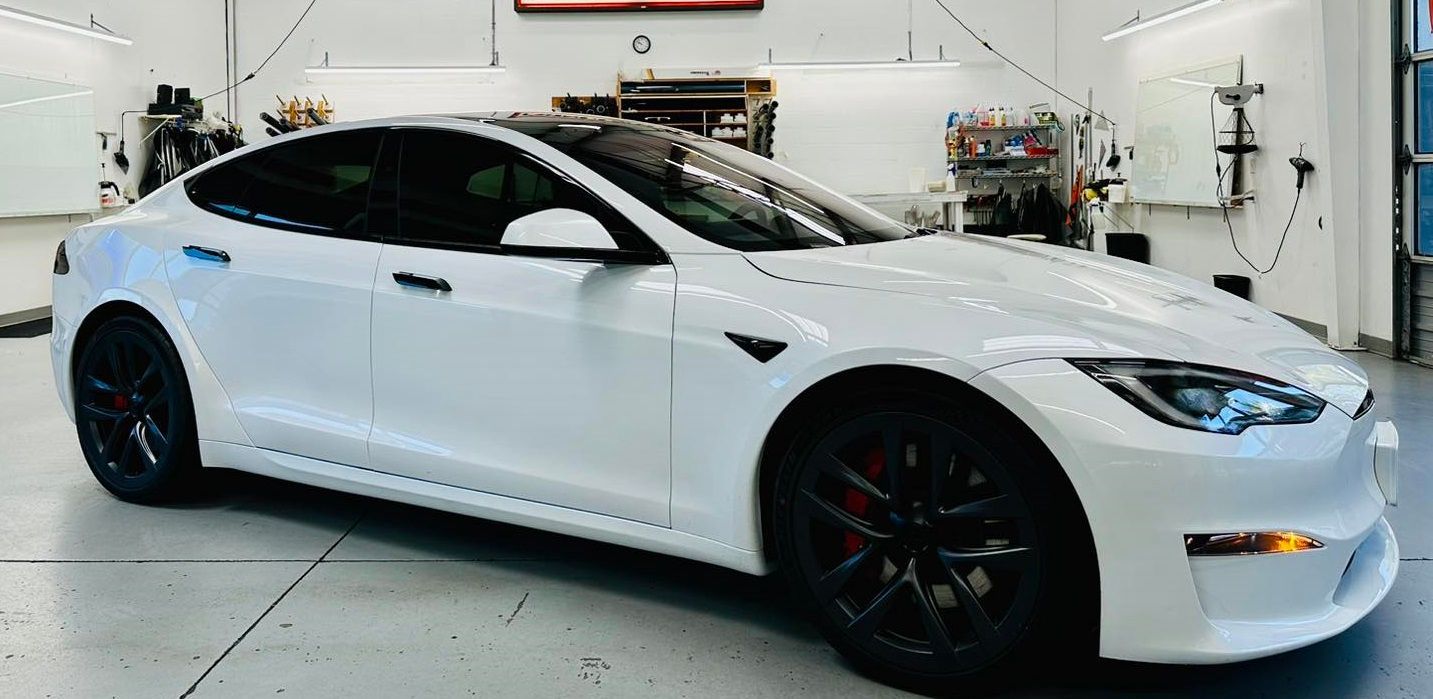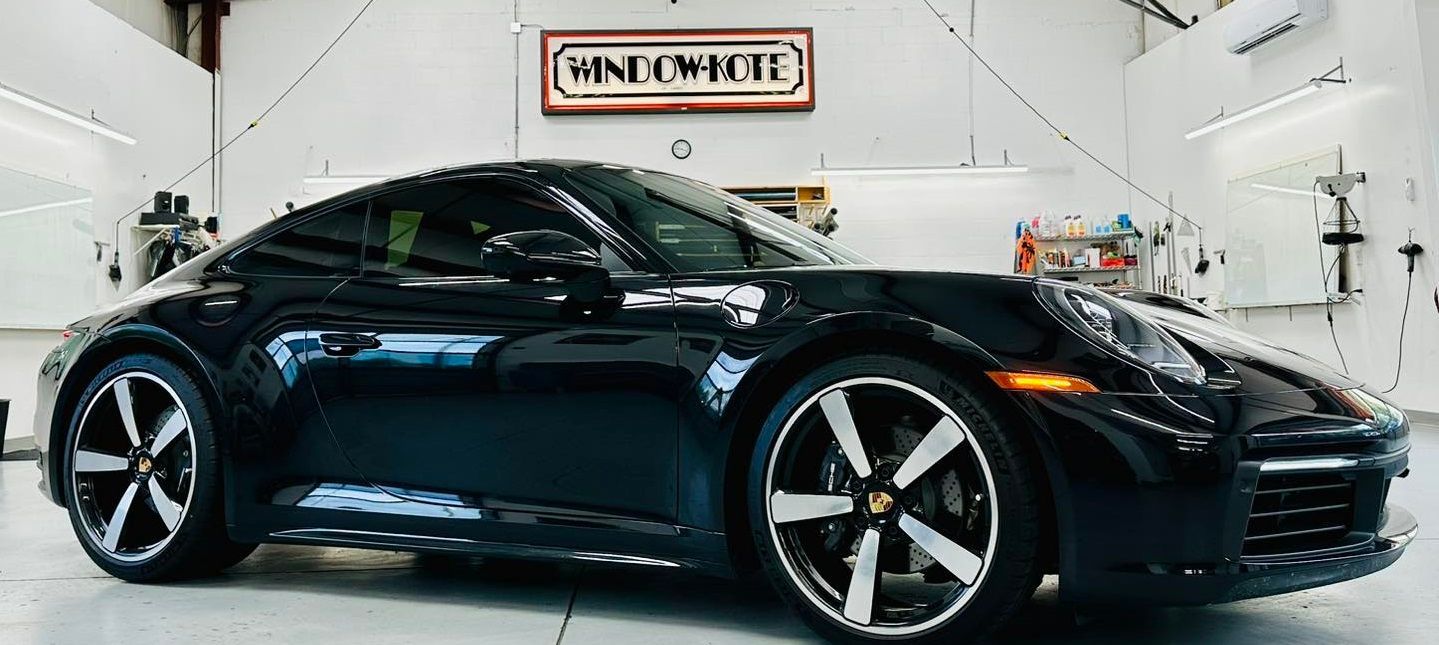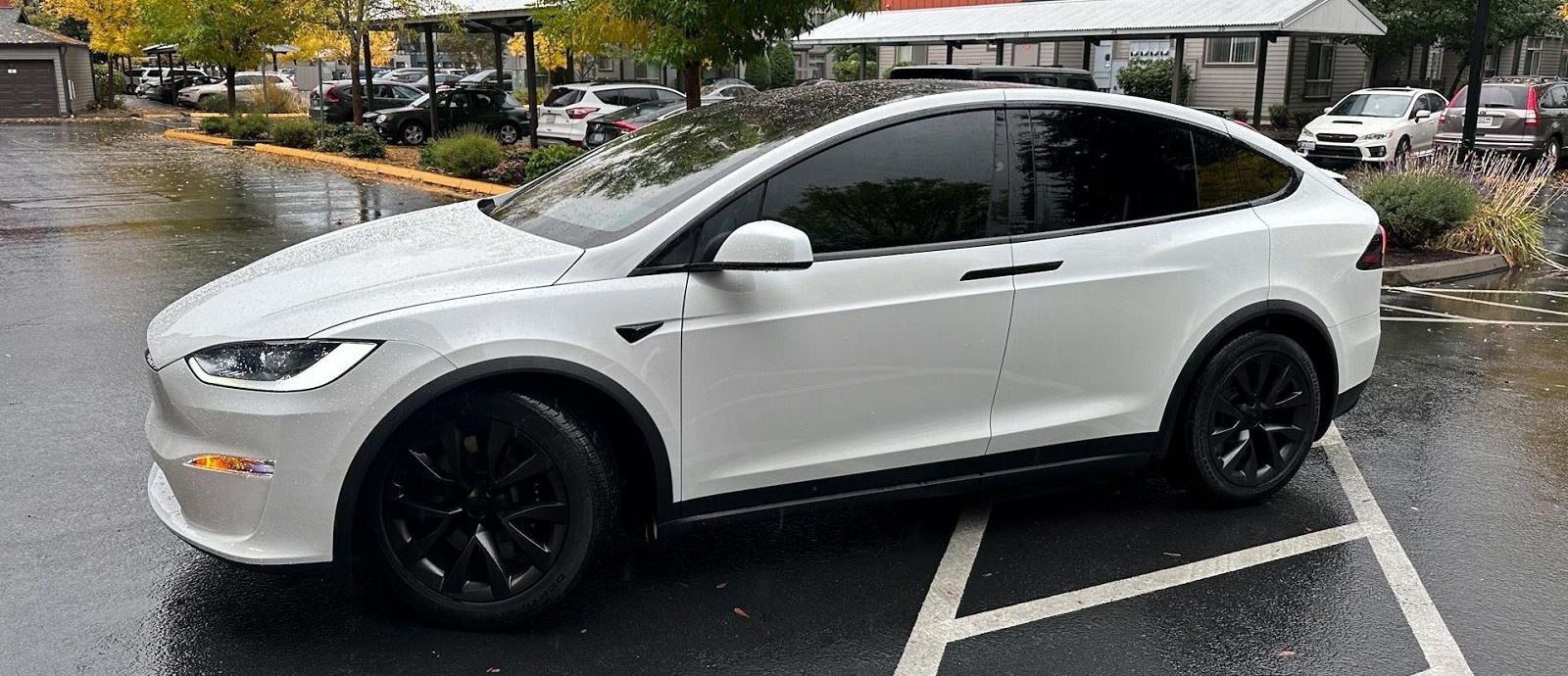How Long Does Home Window Tint Usually Last?
When it comes to home window tint, you should first understand how long it'll last. Luckily, this guide has what you need to know.
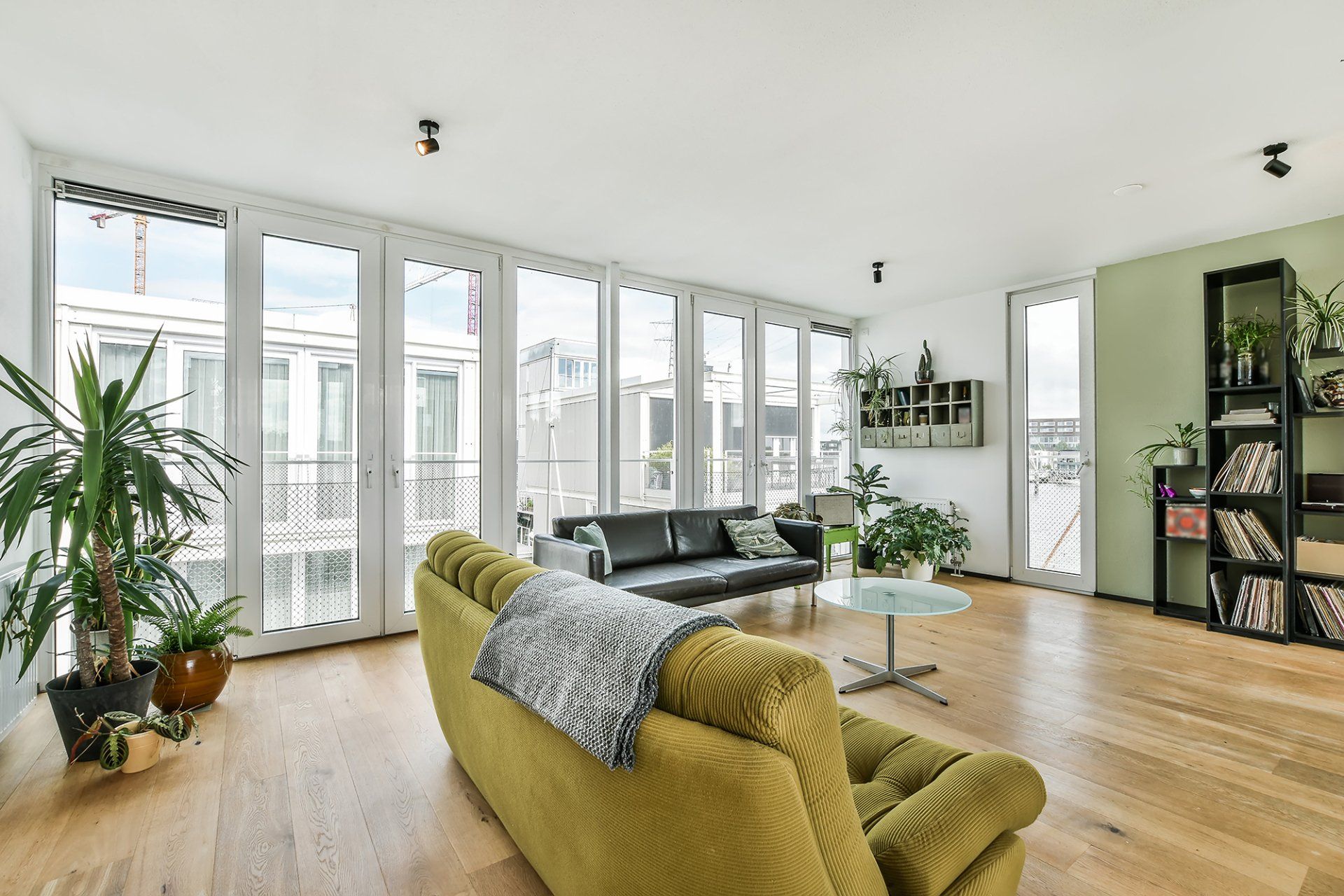
Did you know that window tinting could reduce solar heat in your home by over 70%? There are plenty of other good reasons to use home window tint also. The most obvious thing is that window tinting helps reduce sun glare.
Residential window tinting also eliminates the need to use curtains and blinds to block heat and sun glare. But all window tint materials aren't made equally. Something to consider when adding tinting is how long it will last.
Read on if you want to know the lifespan of window tint and what affects its longevity.
What Determines Home Window Tint Longevity?
Some homeowners can get up to 20 years out of their residential window tint. There are plenty of things that determine how long your window film lasts. Window tint materials are a vital part of how much you get from your film.
You also have to consider regional climate and installation quality. The windows' condition and how you clean the tinting factor in how long the window film will last.
Quality of Materials
One factor that determines your home window tint's longevity is the materials. Standard window tinting is made of polyester film and will last about five years. Many people opt for polyester films because they stick to windows easier.
Ceramic residential window tinting is more durable and will last longer. You can expect up to ten years from a ceramic tint. Take LLumar's Vista Home Window Film, for example - it's scratch-proof and can withstand corrosive sea air.
Ceramic is also better at blocking UV rays than polyester is. It makes sense that tinted windows facing the sun would suffer a bit from its punishing rays. The exposure to UV radiation will eventually take its toll on the film.
Regional Climate
As previously mentioned, constant exposure to the sun will damage your tinting. But sunlight isn't the only factor determining how long your window tinting lasts. Too much heat or wind can crack or peel home window tinting.
Areas with plenty of heat and sun may cause window film to fade quicker than cooler, more temperate regions can.
Installation Quality
Do not attempt to install your own window tinting if you don't know what you're doing. It's also a bad idea to let someone that's not a professional installer apply your film.
All types of window tint suffer from poor quality installations. It can take up to four hours to properly install tinting on a window. Learning how to tint correctly takes months of practice.
A professional will ensure no air bubbles between the window and the film. Professionals will know the best weather for tint installation and what type of window tint will work best for you.
DIY installation is also likely to void the warranty on your window film. Even if you install it properly and something happens, you may have to pay for replacement tinting. Let the professionals handle the job.
Condition and Location of Your Windows
Tinted windows on the east and west of your home may not last as long as ones on the south and north. You may have guessed that this has to do with the direction the sun rises and sets.
Of course, eastern and western tinted windows will do the most in protecting your home from UV rays. You should ensure that these get the best window tint available.
An older, damaged window can also be problematic for home window tint. The film may not adhere evenly to a cracked window.
How You Clean the Windows
You're likelier to wear the tinting away than clean it with ammonia. The film can't withstand the caustic substance. Alcohol is an acceptable substitute for tinted window cleaning. White vinegar is a good cleaning solution as well.
If you're worried about home or car window maintenance, here's how to make a safe cleaning solution to protect your tinted windows.
Signs Your Window Tint Needs Replacing
Now that we've discussed what determines tint lifespan, let's talk about when it needs replacing. There are a few signs indicating when your window tinting has reached the end of its life. Here's how you can tell it's time to replace your tint.
Fading and Discoloration
Your window tinting's color will dull after long-term exposure to UV rays. The radiation reacts with the film's dye, and the color lightens. Cheaper window tint may also begin to discolor after a while.
The discoloration happens because there's a mixture of yellow, red, and blue coloration inside the window film. The yellow dye will usually fade first, leaving a purplish color.
Better-made home window tints aren't likely to fade purple because the manufacturers ensure each color will fade simultaneously.
Cracks and Bubbles
Both cracks and bubbles (on properly applied films) happen because of heat exposure. Heat and light turn the tinting brittle, and cracks may form. Bubbling occurs because the adhesive weakens, and air pockets form in its place.
Peeling
Peeling is also a sign you may have had your window tinting too long. Old window film may peel from the edges as it loses adhesion. Over-exposure to heat can also cause peeling as it weakens the chemicals inside the adhesive.
Want Quality Residental Window Tint?
The longest you can expect home window tint to last is 20 years. But you must consider various factors to achieve such a long lifespan.
One thing that determines how long window film lasts is the quality of your window tint materials. You can get at least ten years out of an excellent ceramic tint. Polyester lasts five years.
If you've had your window tinted for a decade or so, and you begin to see bubbling and cracks, it may be time for an upgrade. Contact Window Kote of Largo for a free estimate today!

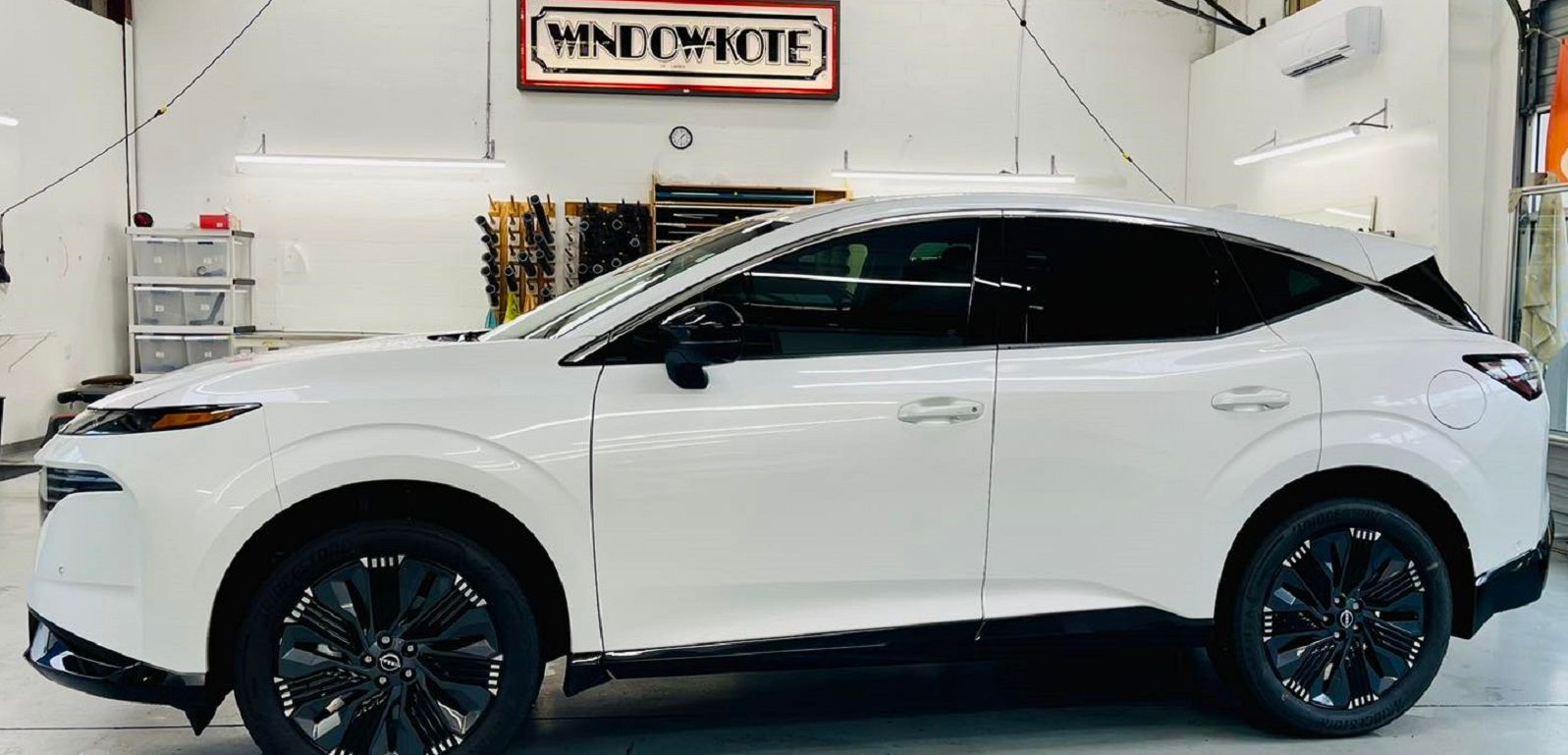
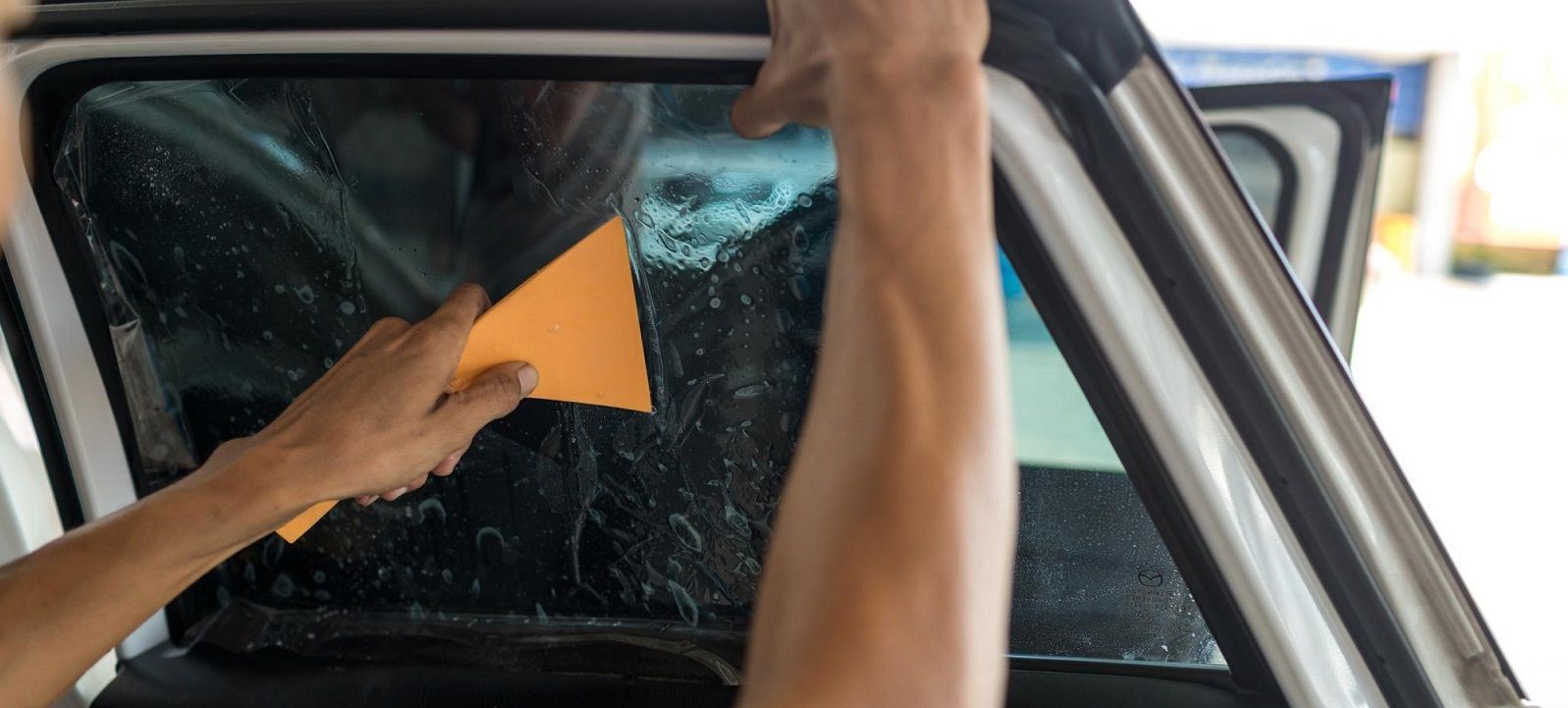

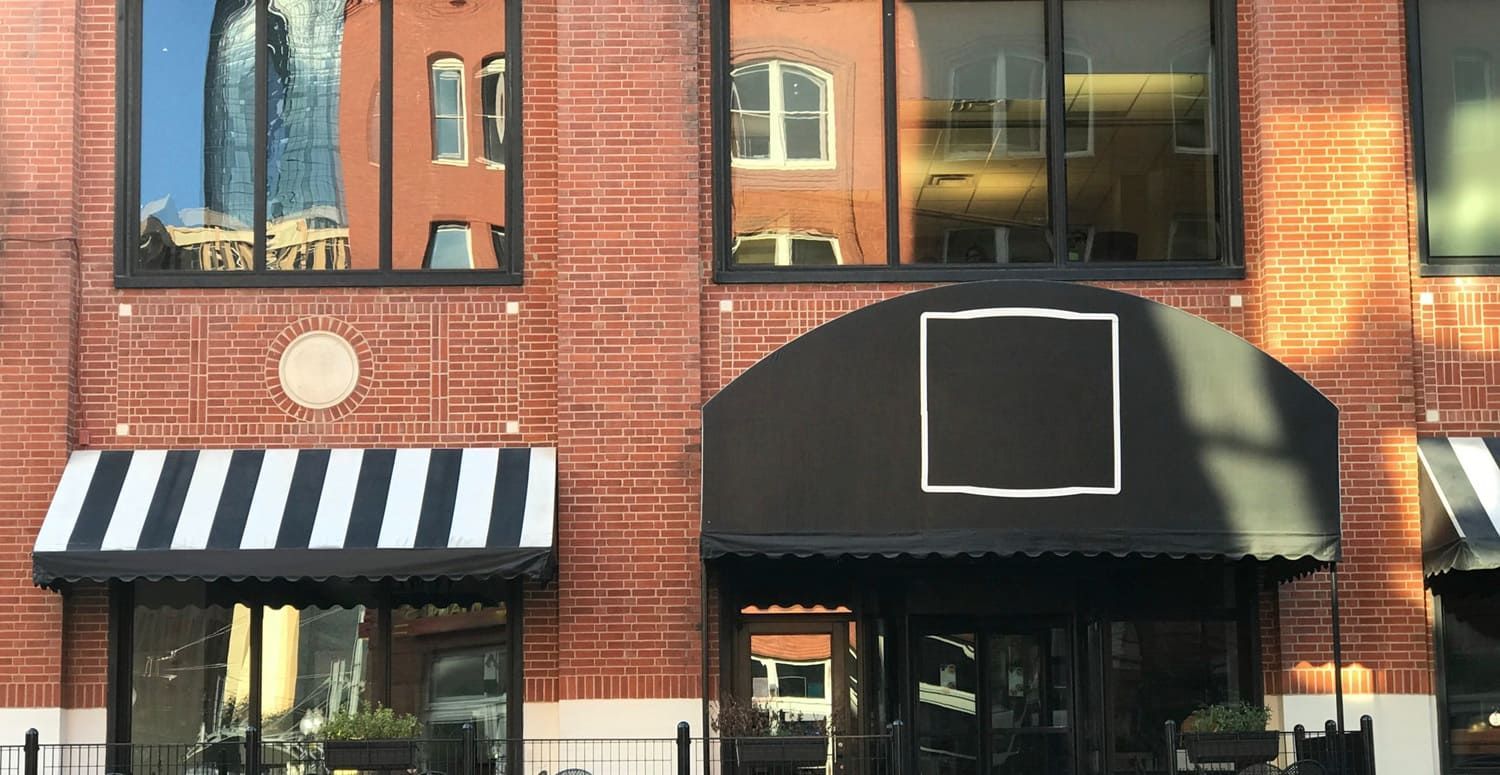


10765 Ulmerton Rd
Largo, FL 33778
(727) 587-0222
All Rights Reserved | Window Kote of Largo





